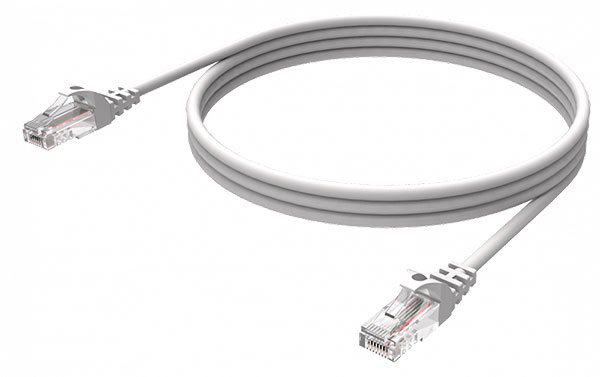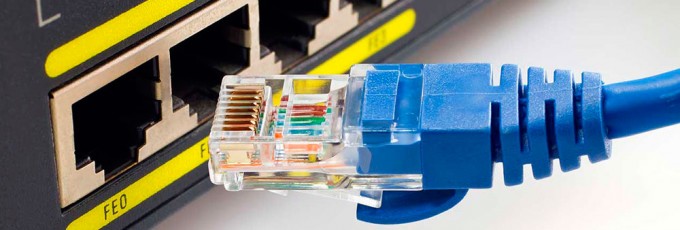Structured cabling for offices and commercial premises is a very important part of the process before the investment decision is made. The aim is to check the power lines, the network elements and the industrial connection elements, so that the installation of a local area network for data transport can be studied.
In the event that this area is also located on different floors or in separate offices, problems generated by obstacles and the creation of possible channelling must be considered. What is meant by this is that the structuring of the wiring in the premises is a fundamental part of the study.
Office cabling
First of all, if you decide to purchase such a location, you will have a new concern, as you must plan the network split and the creation of VLANs in order to take full advantage of the bandwidth.
Wiring generally requires twisted pair copper cables that can withstand speeds between 1 Gbps and 10 Gbps. Once placed under the IEEE 802.3 standards, tests are performed to generate a certificate to ensure that the connections meet the correct standard. Only in this way can such data transmission be secured.
All cables start from what is known as a distribution rack until they reach the rosettes located at each workstation. In some cases, fiber optic cables are used, as they are better in terms of capacity and immunity to such tedious interference.
But, in addition to having the best cabinets, cables and junction boxes, other things need to be secured to ensure that the supply of network components is optimal.

Elements that make up a network
The most important elements to take into account when studying the quality of a network are the following. This will determine that if an audit is performed on our wiring, it is correct based on certain protocols.
- UTP /FTP cables (preferably category 6 / 6A).
- Connection boxes for voice and data. These may or may not have an input for the power supply.
- RJ45 connectors.
- Racks as a closet of a minimum of 19 inches.
- Patch panels to control the distribution.
- Fiber optic cables of the best possible capacity
- Switches used to implement the network as switches.
- Other accessories.
All of this has to be perfectly mapped and designed so that the person in charge of carrying out the inspections can see at a glance if the basic conditions are in place for the wiring system to hold up. In addition, good design can be a sign that certain protocols are being followed. So when you’re being installed or looking for a good office, a professional industrial connector company can ensure that your cabling is well-structured for offices and premises, so you don’t have to make modifications later.
